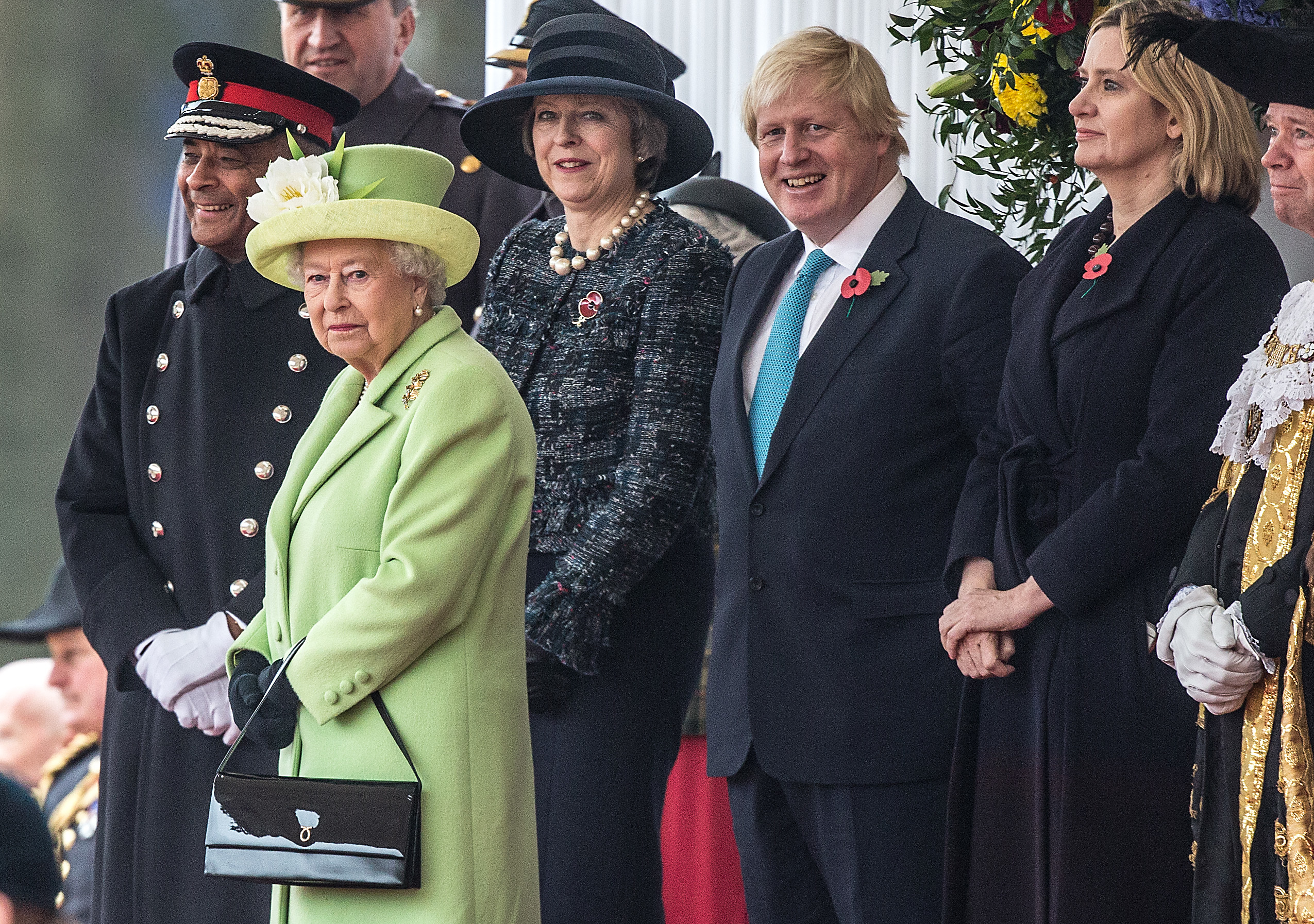
ONCE exercised by the monarch alone, the royal prerogative has for centuries been at the heart of UK foreign affairs and the making of treaties with foreign states.
The battle over Brexit is just the latest example where its use in modern times has caused surprise, anger and dismay and led to accusations that it undermines primary constitutional values: the supremacy of Parliament and the rule of law.
The royal prerogative is also the source of other executive powers dating from medieval times which have now, with the development of constitutional monarchy, passed from kings and queens into the hands of Government ministers.
Judges in other cases have described the use of the prerogative, which forms a part of the common law, as involving “the clanking of medieval chains of the ghosts of the past”.
In the days of the British Empire, it proved useful in governing the colonies.
What makes it ever controversial is that ministers do not need the approval of Parliament to exercise prerogative powers.
In another high-profile example, in 2000 High Court judges ruled that the people of the Chagos Islands expelled from their homes to make way for a US military base on Diego Garcia could return to live on 65 of the islands, though not Diego Garcia itself.
In 2004, the Government used the royal prerogative, in the Queen’s name, to effectively overturn the court’s decision, leading to further legal battles.
Historically, the list of prerogative powers includes, among other things, the ability to declare war and regulate the Civil Service.
Since the Government lost a parliamentary vote on war in Syria three years ago, it is currently accepted that going to war requires parliamentary authority.
Another of the age-old prerogatives is that of mercy, which can still be used through ministers of the Crown to grant pardons to persons convicted of criminal offences.
One of the most well-known cases involved Alan Turing, who helped shorten the Second World War by cracking the German Enigma code.
He was convicted in March 1952 of the then criminal offence of gross indecency with another man and died shortly afterwards. A verdict of suicide was recorded.
He was exceptionally granted a pardon under the royal prerogative, reflecting his exceptional war-time achievements.
Of modern concern, prerogative powers currently allow ministers to deny United Kingdom passports to those suspected of being involved in terrorism.
In the past, disputes over the powers of the monarchy led to the downfall of kings in the real-life Game Of Thrones, paving the way for the 1689 Bill of Rights, followed by further reforms and the establishment of a constitutional monarchy.
It is against that background that opponents to the use of the royal prerogative in Brexit described it as “a relic of a past age”, derived from ancient rights and privileges, wrongly being used to by-pass Parliament in modern times.
In particular they highlighted the fact that the Bill of Rights itself “expressly prohibits the use of the prerogative in circumstances where its exercise would ‘suspend’ or ‘dispense’ statutory law”.
But lawyers for Brexit Secretary David Davis argued in court: “The exercise by the Crown of its prerogative power in the circumstances of the present case is consistent with the settled position in international and domestic law.”
READ MORE
High Court rules that Theresa May cannot trigger Article 50 without authority of Parliament
What’s next in the Brexit process as court rules against the Government

Enjoy the convenience of having The Sunday Post delivered as a digital ePaper straight to your smartphone, tablet or computer.
Subscribe for only £5.49 a month and enjoy all the benefits of the printed paper as a digital replica.
Subscribe